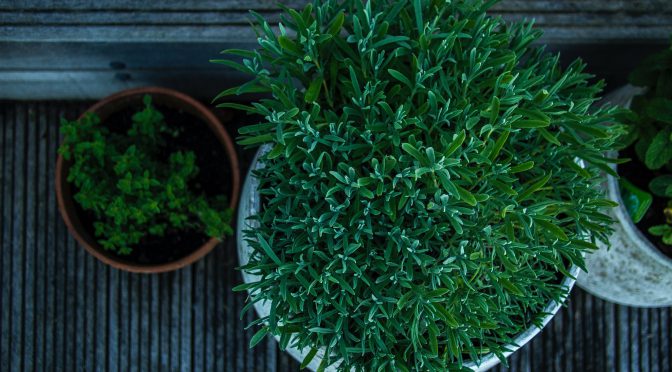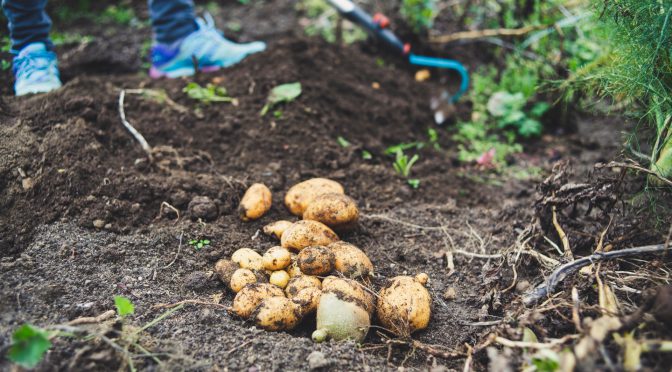Where you live certainly affects your garden’s size and what it will look like, but you can garden no matter where you live. Even apartment dwellers without access to a balcony or community garden can grow a few things in a window box or indoors. Container gardening is more manageable in some ways, but like anything, it comes with its own set of challenges. Here are a few tips to help you successfully get started with container gardening.
#1 Select or Create Containers with Proper Drainage
Most plants don’t thrive in constantly soggy soil. Selecting pots with drainage holes, or drilling some yourself, is a great way to avoid this problem.
#2 Use Safe Containers
As cute as vintage flower pots may be, some can be dangerous. It’s still possible to find old pots made with asbestos or lead paint. Terracotta or newer ceramics are great choices if you want to avoid plastic.
#3 Choose Well-Suited Varieties
Not every plant will tolerate life in a container, but there are plenty of excellent varieties that will! Be sure to check smaller dwarf varieties and plants known for their general ease of growing, like beans. Check out our post 12 Varieties Perfect for Container Growing for ideas.
#4 Put Your Garden Somewhere Visible
If you can, it’s best to put your containers somewhere you will walk past every day. This ensures you notice any pest and disease problems or nutrient deficiencies right away. You’ll also be able to water them frequently. Outdoor containers can dry out much faster than a traditional garden.
Suppose you struggle to keep up with watering your container garden. In that case, you can also automate this with small, simple irrigation systems. Collecting rainwater for your watering needs is a great option.
#5 Use Mulch
I’m a big advocate of mulch in any type of garden. It can be beneficial in container gardens for keeping the soil moist and slowly adding nutrients.
#6 Watch for Deficiencies
Due to the limited soil, a pot can hold, container gardens are sometimes more prone to nutritional deficiencies. Watch for signs of deficiencies like yellowing leaves or stunted growth. You may need to add amendments or fertilizer. Watering with compost tea is a great option, especially when plants are flowering and getting ready to set fruit.
#7 Harvest and Deadhead Often
Harvesting and deadheading can actually encourage further flowering and fruiting. Keep peas, beans, squash, and other vegetables harvested. Always deadhead flowers like marigolds, zinnias, bachelors buttons, and other flowers to keep them blooming.
#8 Companion Plant in Large Containers
If you’ve got the space, companion planting is always a good idea. It can also add height and interest to your garden. Grow a few peas or pole beans on trellises in the back of a large container with greens or root vegetables in the front. Plant low growing or creeping species like thyme around more upright plants like peppers or tomatoes.
#9 Use Potting Soil
It can be tempting to use garden soil, but your plants will thank you for using potting soil. Potting soil drains well but also absorbs some moisture. It can help you avoid issues like soil compaction and root rot in your container garden.
#10 Use Light Color Pots or Shade Them
Many crops and flowers prefer full sun and should be provided with as close to that as possible. Unfortunately, the soil can get too hot and dry when growing in containers. Using light-colored containers, watering frequently, or providing shade over the pot (but not the plant) can help.
Gardening is possible anywhere. Use these tips to grow a successful container garden!



